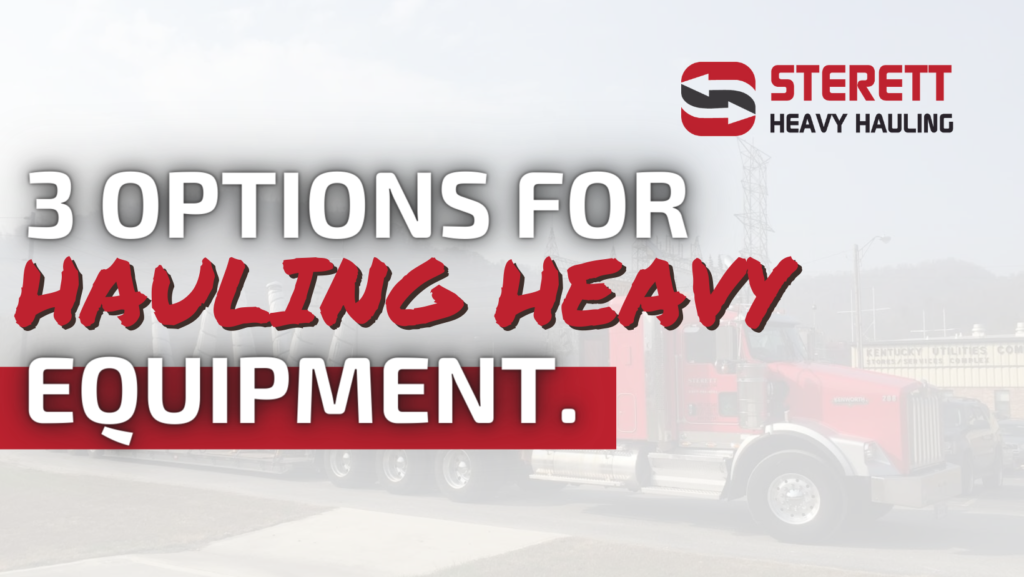The right heavy tractor-trailer plays a pivotal role in simplifying equipment moves between job sites. Whether its construction equipment like forklifts, backhoes, or dozers, investing in the proper trailer is crucial to make the job easier for fleet managers, logistics managers, and truck operators.
Conversely, pairing the right trailer depending on the industry and size of the equipment ensures a safe and efficient transfer. Knowing the advantages, disadvantages, and differences of each trailer type matters when deciding on the best fit for hauling situations – be it for carrying ATVs, lawnmowers, cars, equipment, skid steers, and more.
With that in mind, the list below explores the best trailers for completing construction projects including lowboys, tag-a-long trailers, walking floor trailers, and more:
Lowboy Trailer Uses for Construction
One of the most common and useful types of trailers for hauling construction materials is a lowboy trailer. The name is inspired by the trailer’s design, which focuses on dropping the deck height to promote an easy loading and unloading process for large pieces of equipment.
The lowboy trailer can carry up to a whopping 150,000 pounds and can stretch until 65 feet with more than 20 axles, making it the perfect transport for hauling the following:
- Excavators
- Loaders
- Dozers
- Compactors
- Skid Steers
- Wheel Loader Backhoes
- Rough Terrain Cranes
The lowboy trailer is specifically designed to cater to oversized construction equipment, making it a necessary addition for projects that require taller, larger, and heavier materials that cannot be divided into smaller loads. Meanwhile, the trailer’s ability to drop down allows it to smoothly move under bridges, streetlights, and power lines without a hitch.
Flatbed Trailer Uses for Construction
Flatbed trailers are another standard and essential vehicle for carrying construction materials in between ever-changing job sites. It’s a perennial favorite in the industry as flatbed trailers can haul materials that are up to 48,000 pounds with a length that ranges from 48 to 53 feet. With that in mind, the best equipment for flatbed trailers are:
- Lumber
- Scaffolding
- Concrete
- Brick
- Steel Beams
- Rods
The level surface makes it easy to onload or offload cargo, though its inability to drop down means that you need a crane, forklift, or a loading dock to unpack the equipment at the construction site.
Walking Floor Trailer Uses for Construction
Walking floor trailers are ideal for carrying and dumping bulky equipment or loose loads with minimal human interaction. It’s an essential vehicle for unloading agricultural, waste, or recyclable materials along with the following contents:
- Packaged Goods
- Scrap
- Biomass
- Sawdust
- Mulch
- Chips
- Not Fragile Loads
The design allows the trailer to dump the load slowly, while the thread grips on the flooring of the trailer vary in slats depending on the weight of the cargo. More slats cater to finer materials, while fewer slats are best used for transporting more massive hauls.
In Conclusion
Knowing the different types of trailer you need for hauling construction equipment can make a world of difference in its effectiveness and efficiency when loading or unloading cargo. With that in mind, the guide above should clue you in on the right trailer that meets your needs to ensure maximum payload for your construction project.
We’re a specialized heavy hauling company in Jacksonville, get in touch with us today to see how we can help.



